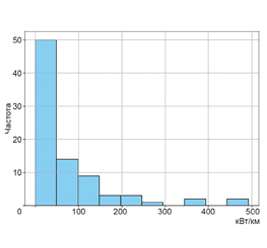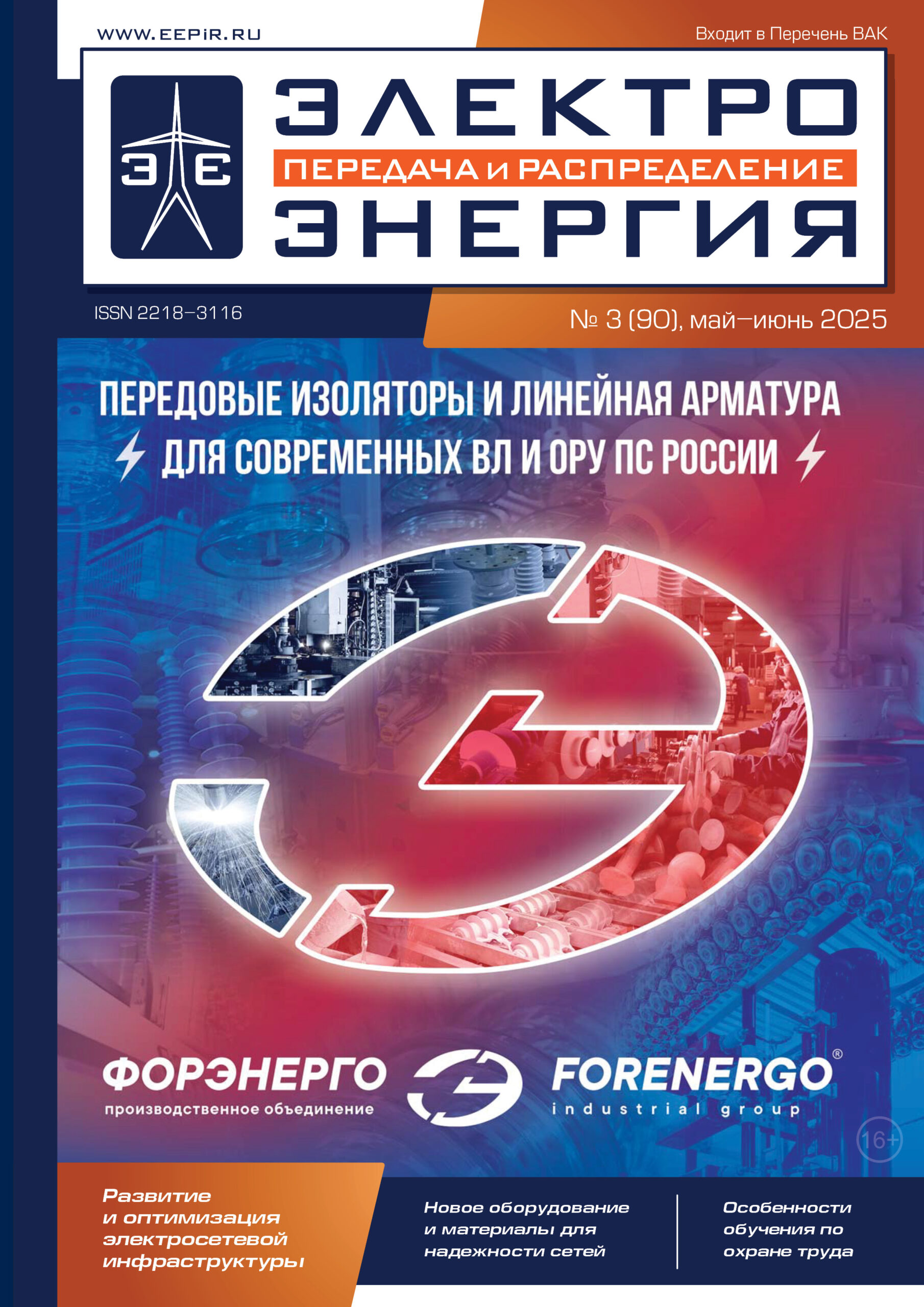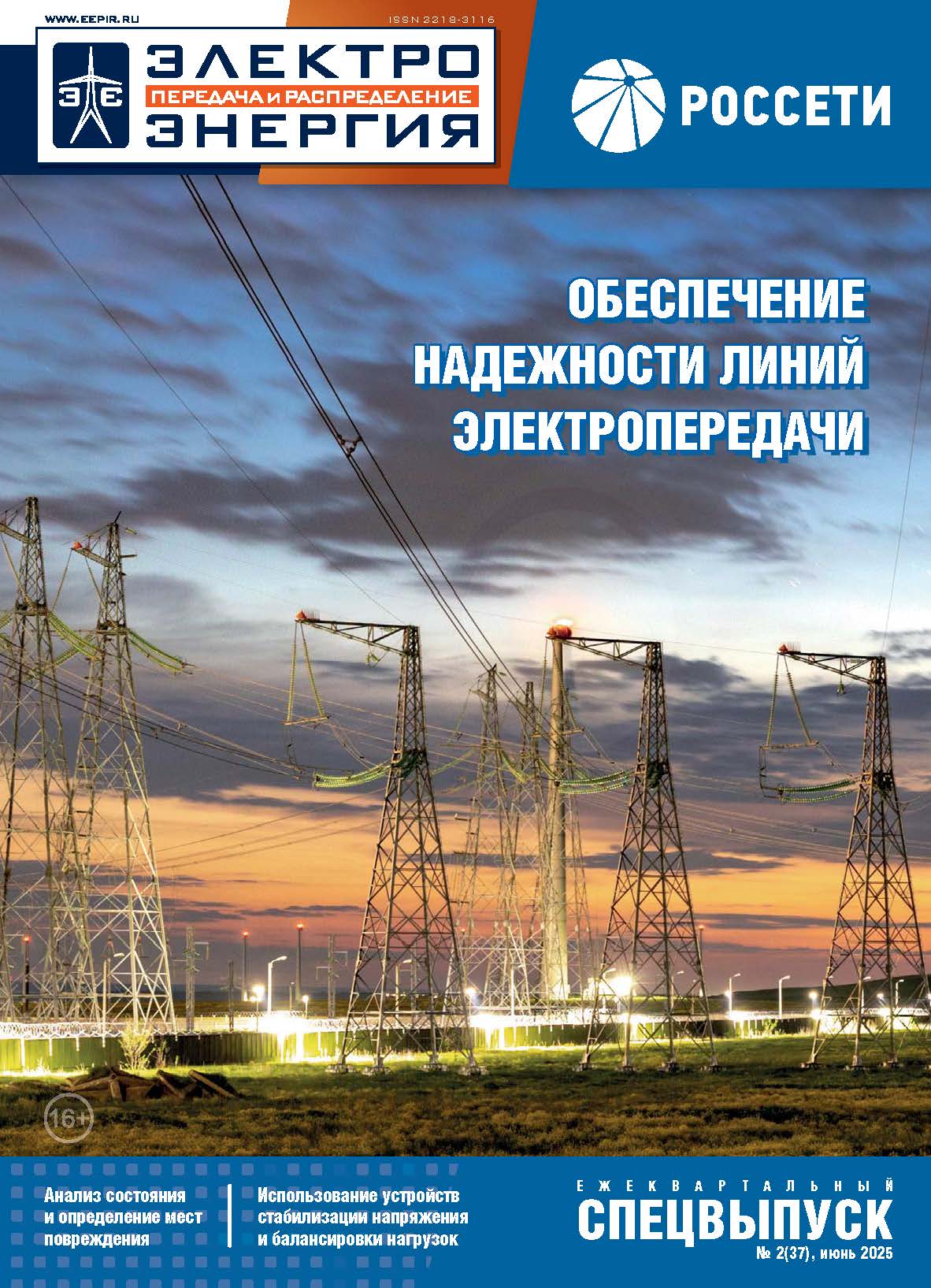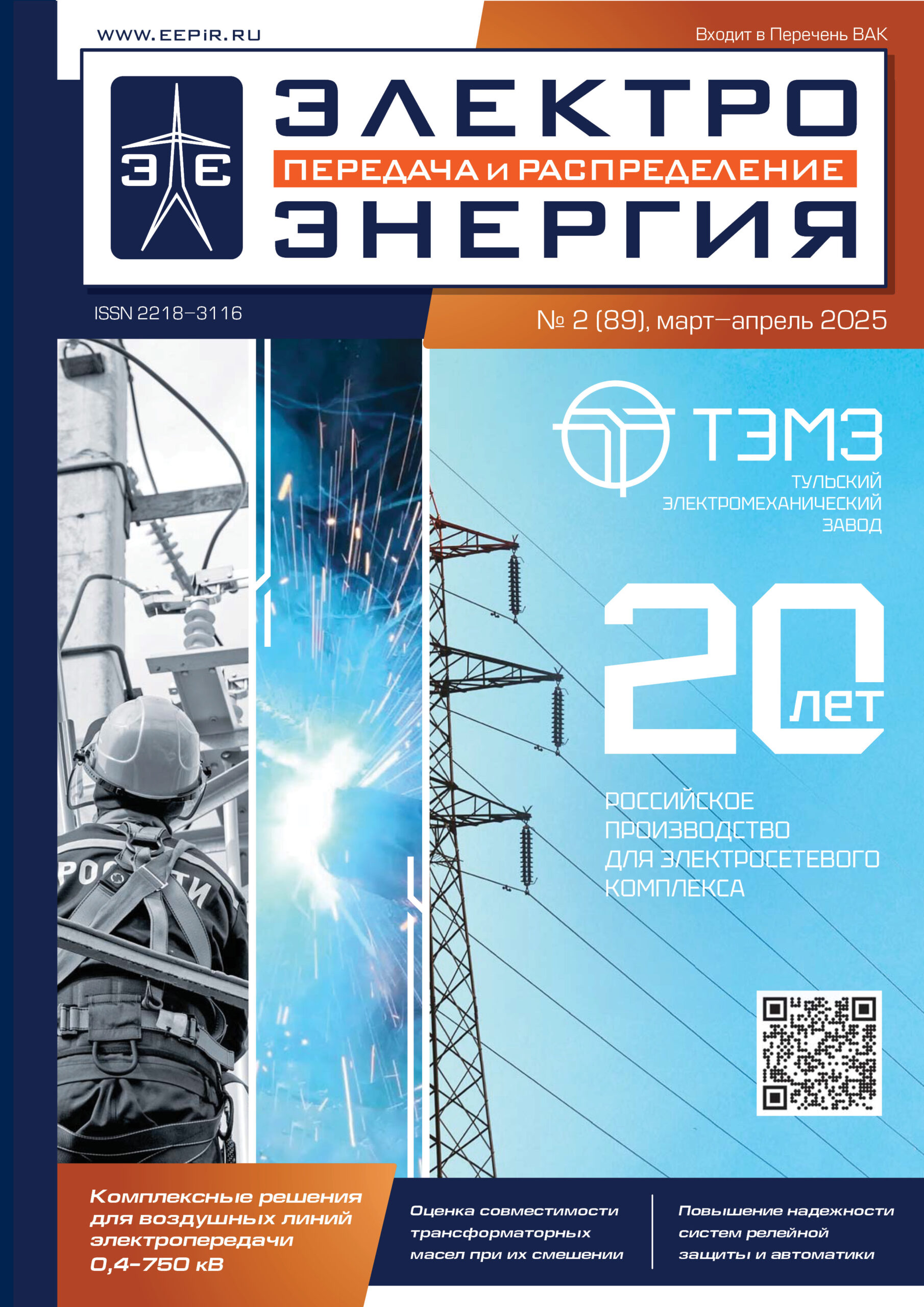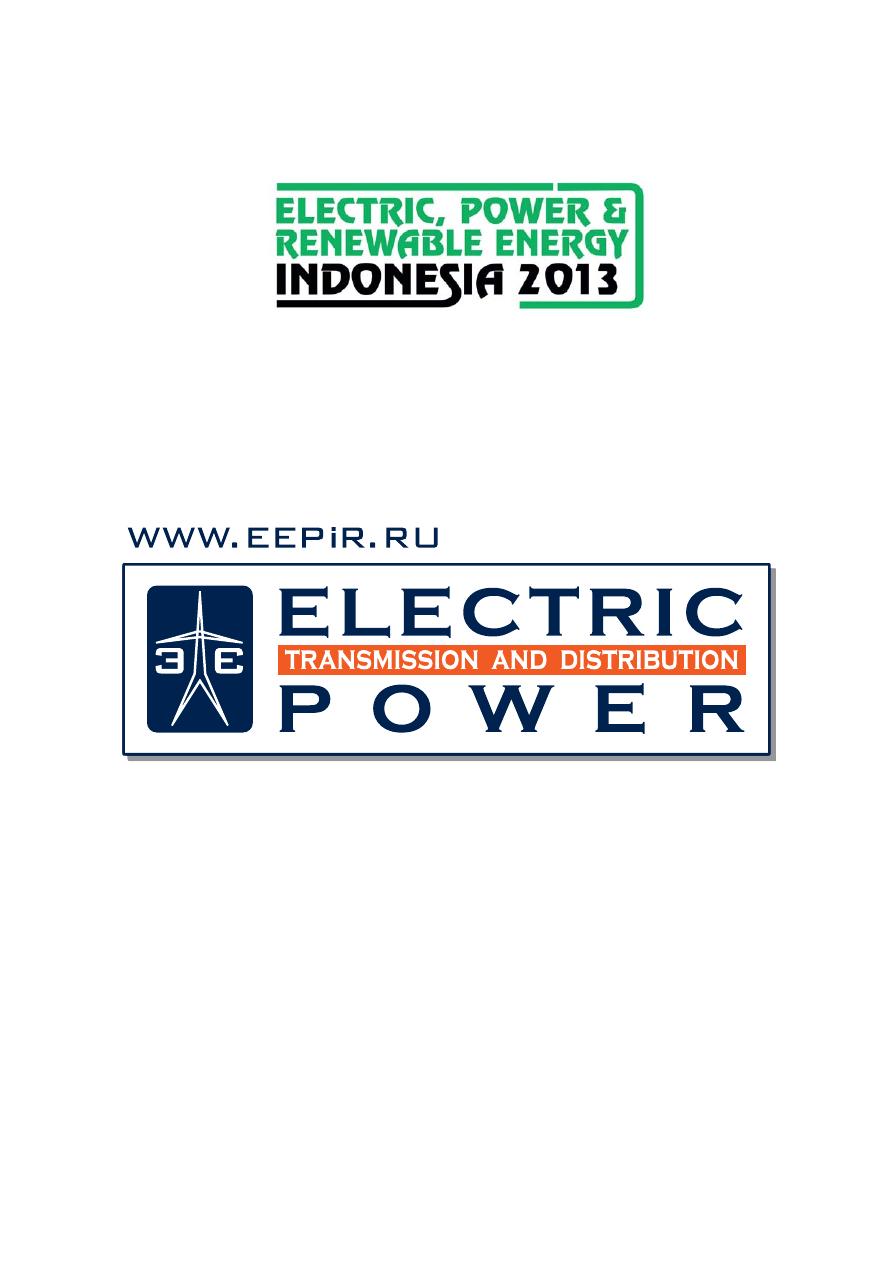
The MAIN JOURNAL for POWER GRID SPECIALISTS in RUSSIA
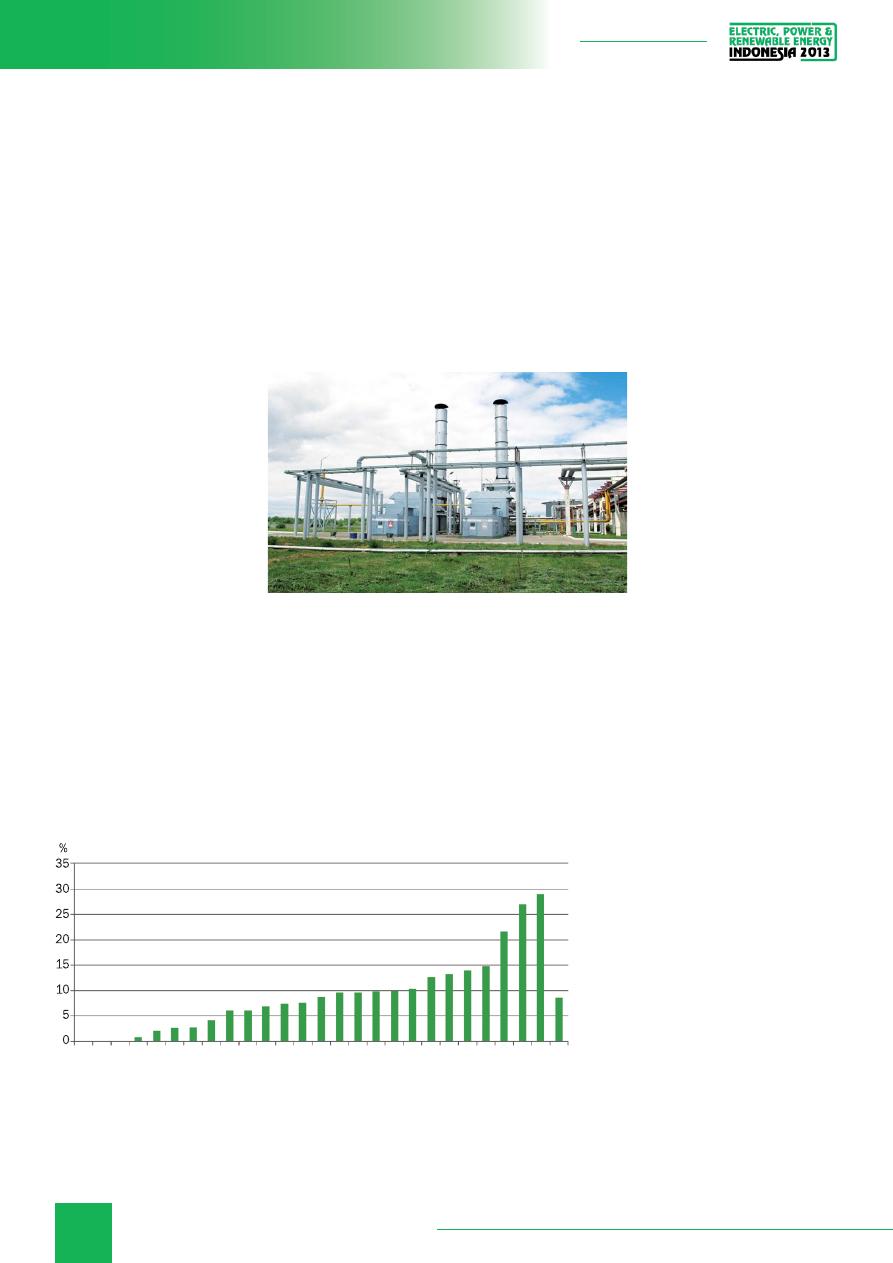
24
4–7 September, 2013, Jakarta, Indonesia
Source: RBC.research, as reported by REA
Fig. 1. 50-year old turbine percentage share in the
installed capacity
О
G
К
-4
О
G
К
-6
Т
GC-14
О
G
К
-5
DG
К
Т
GC-3
Т
atener
go
Т
GC-6
О
GK-2
О
G
К
-1
Irkutskener
go
Т
GC-5
Т
GC-7
Т
GC-2
Т
GC-12
Novosibirskener
go
О
G
К
-3
Т
GC-13
Biyskener
go
Т
GC-10
Т
GC-8
Т
GC-1
1
Bashkirener
go
Т
GC-4
Т
GC-1
Т
GC-9
A
verage
T
he current equip-
ment
fl
eet has be-
come technologi-
cally and morally
outdated. So, from the RF
generating equipment, name-
ly turbines, 16.5% require
immediate replacement,
43.8% require either upgrad-
ing or gradual replacement.
Figures 1 and 2 show the
percentage distribution of
turbines and boilers over 50 years by generating com-
panies.
At the same time generating companies are more inter-
ested in buying foreign equipment than domestic. Thus,
the share of imported capital equipment in the power in-
dustry is about 70%.
There are several reasons: the production capabilities
of the Russian power engineering are very limited. Ac-
cording to the statements of the producers the aggregate
limit production capacity is
about 5—6 GW. However
this
fi
gure also includes mor-
ally outdated equipment. To
estimate domestic market
status we use data related to
the new capacities commis-
sioned taking into account the
equipment operating at these
sites: the share of domestic
equipment has been stead-
ily declining from 95.6%
in 2008 to 30.8% in 2011. According to RBC.research
study «World and domestic market of power equipment»
maximum production capacity of modern, best-selling
domestic power equipment is less than 2 GW. That is
why extra demand is met by import equipment. So the
main risk of domestic manufacturers of power equipment
is the loss of the market. Moreover, the underlying loss
of market takes place in the gas turbine segment. And
localization of production, creation of joint ventures are
not pacing at suf
fi
ciently high rates.
There are good prospects for Russian
players in hydro energy. Domestic
hydroturbines have a good share
in the global market. In the atomic
power engineering, where everything
goes towards increasing the capacity
of the reactor, there is some lag but
it's not critical, Russia wins contests
in other countries on the construction
of nuclear power plants.
It should be noted that western
competitors are actively developing
their advantages both in production
volume and in the technological
sphere. Not only the manufacturers
offering a complete set of equipment
and maintenance services come to
Russia, but the EPC and EPCM
contractors that choose products of
foreign production for their projects.
Lack of necessity for foreign
Russia’s power equipment
trends
By Ekaterina MIROLIUBOVA
(
Екатерина
МИРОЛЮБОВА
),
senior analyst, RBC.research, RBC Consulting Department
Analytics
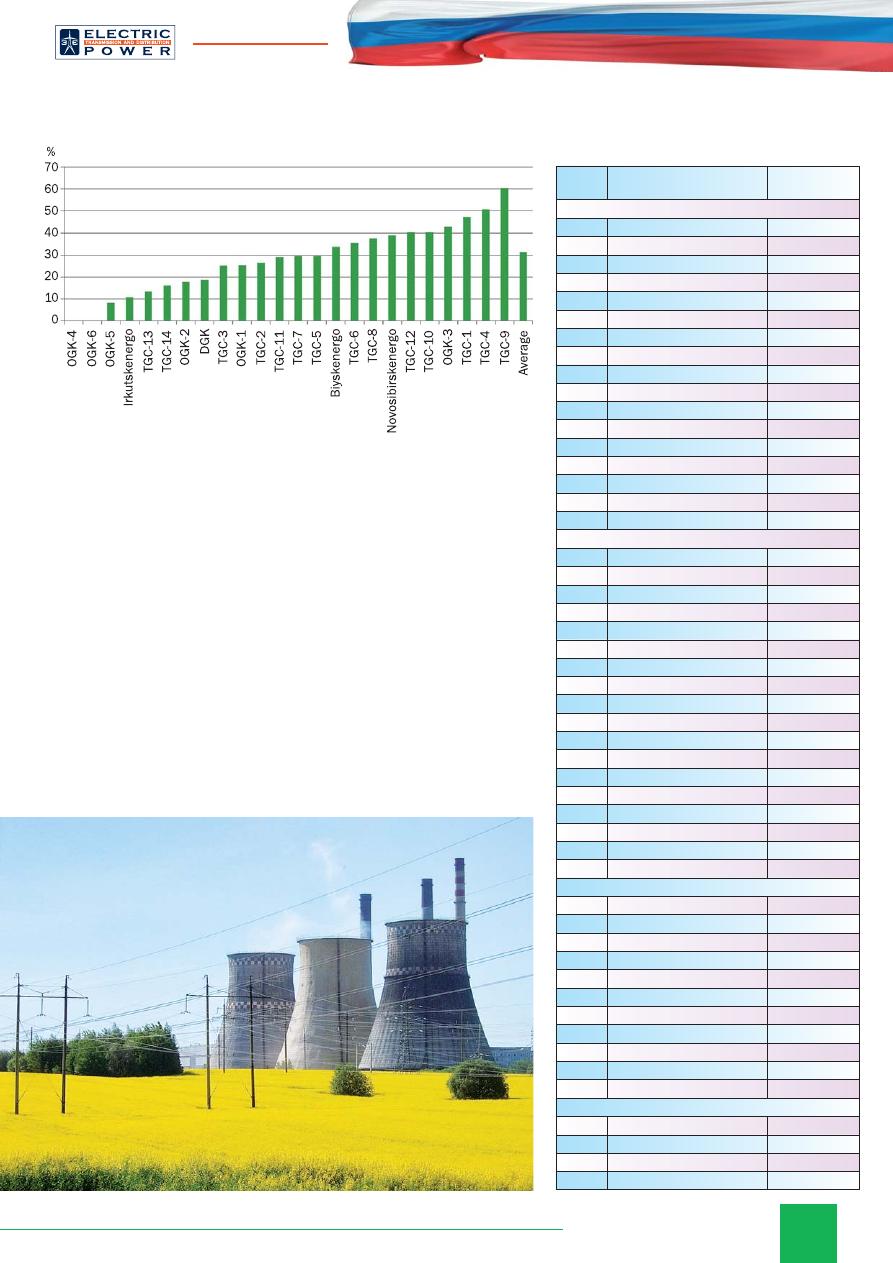
25
info@eepr.ru, www.eepr.ru
Source: RBC.research, as reported by REA
Fig. 2. 50-year old power boiler percentage share in
the whole quantity
Table. List and quantity of turbines for 100
MW units necessary to 2020 according to
the Master plan (reference case)
No
Power and type of tur-
bine, MW
Quantity
Condensing steam turbines
1
900 (USC)
8
2
800 (USC)
3
3
800
2
4
660
36
5
600 (USC)
2
6
330
35
7
300
17
8
225
9
9
215
1
10
210
1
11
160
1
12
130
55
13
110
2
14
100
1
15
75
4
16
60
2
17
53
1
Thermal-clamping turbines
18
300
2
19
250
1
20
208
5
21
185
5
22
180
11
23
160
12
24
130
7
25
115
24
26
110
9
27
105
2
28
100
7
29
80
4
30
65
1
31
60
3
32
53
11
33
40
2
34
35
4
35
25
3
Gas turbines
36
270
96
37
265
1
38
200
5
39
160
34
40
150
3
41
110
22
42
77
22
43
75
8
44
70
8
45
65
11
46
45
2
Steam turbines for nuclear power plants
47
1200
23
48
1000
1
49
800
1
50
300
6
companies to involve Russian machine engineers in their projects
is mainly conditioned by the lack of cooperation between Russian
companies which are limited to supply to the market separate units and
functional units of power plants. At present no separate Russian company
has necessary product range to place an integrated product-of-the-art
power plant on a turnkey basis on the market.
Moreover, sharply increased costs while maintaining relatively low
ef
fi
ciency of the production process, including small series production
caused the price rise for Russian power equipment similar to that made in
China and almost reached the price level for leading European, American
and Japanese companies.
So Russian generating capacities are signi
fi
cantly non-standard
unlike the West, where every effort is made to standardize technical and
engineering solutions.
Approved Master plan for allocation of electricity generation
facilities until the year 2020 contains a list of the types of power plants
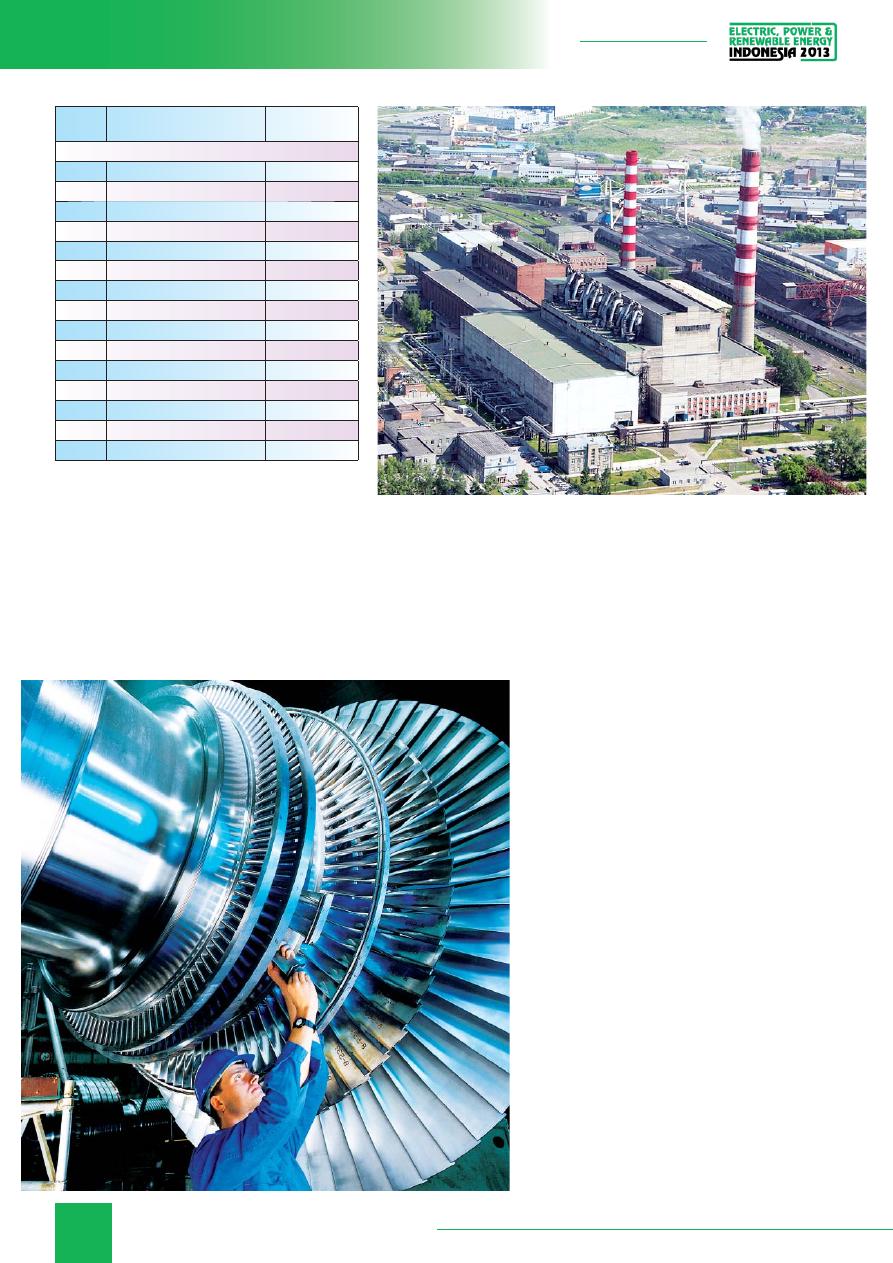
26
4–7 September, 2013, Jakarta, Indonesia
No
Power and type of
turbine, MW
Quantity
Hydraulic turbines
51
1000
8
52
333
4
53
325
4
54
300
5
56
215
2
57
210
4
58
200
13
59
195
8
60
170
2
61
165
2
62
155
3
63
150
2
64
110
2
65
107
3
66
100
5
planned for construction. At that the Master plan provides
construction of 68 different-type power units including 48
thermal units. This in turn implies the use of 66 turbines,
46 of them — for thermal power plants (table). The plan
also provides the use of more than 10 types of gas turbines
with capacity of 65 MW, but even the leading world
manufacturers (Siemens, General Electric, Mitsubishi
Heavy Industries) have in production line only 3—4 type
of gas turbines with capacity of 65 MW and more.
Such high diversity inevitably means unnecessarily high
costs at all stages of the life cycle of the power unit. It is
known that the standard designs allow for mass production
of power equipment, signi
fi
cantly reduce terms of the
unit development and reduce cost of its construction and
operation, to increase the reliability and predictability.
Overseas construction of modern combined-cycle power
plant «in the middle of nowhere» takes no more
than a year and a half, in China — a year. In
Russia the construction time is about two to
three years. Thus, the situation for the domestic
producer is not changing for the better, although
Russia remains one of those countries capable
to produce a whole range of power equipment
for any type of conventional energy. In the
short run a possible way-out is creation of joint
ventures with the leading foreign companies
manufacturing hi-tech equipment, on condition
that the most part of manufacture of power
engineering equipment produced under license
of foreign manufacturers or through joint
ventures with foreign participation is localized
on domestic enterprises.
In the long run, based on the requirements
of the Russian energy security it is vital to get
State support for the priority directions in the
development of power engineering, includ-
ing measures to equalize competitive condi-
tions for Russian and foreign manufacturers at
the Russian market, export support of Russian
power production within the framework of the
subprogram “Development of power electrical
engineering and power engineering for 2012—
2016” included into Federal Targeted Program
“National Technological Base”.
Analytics
Source:
Ministry of Industry and Trade of Russia
Оригинал статьи: Russia’s power equipment trends
The current equipment fleet has become technologically and morally outdated. So, from the RF generating equipment, namely turbines, 16.5% require immediate replacement, 43.8% require either upgrading or gradual replacement. Figures 1 and 2 show the percentage distribution of turbines and boilers over 50 years by generating companies.




